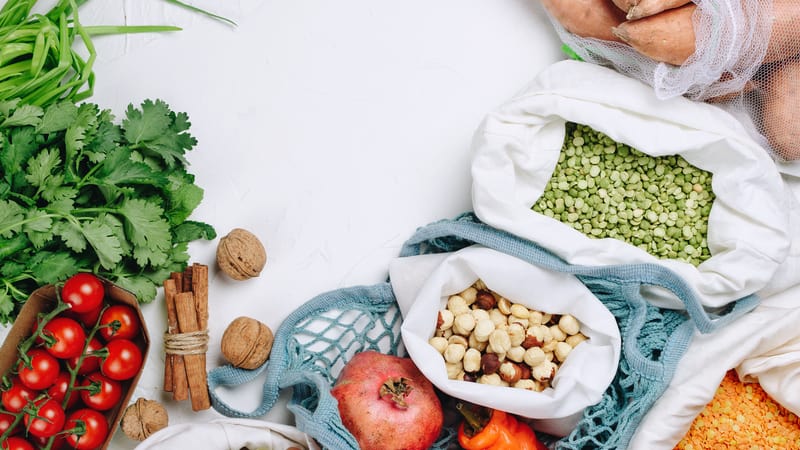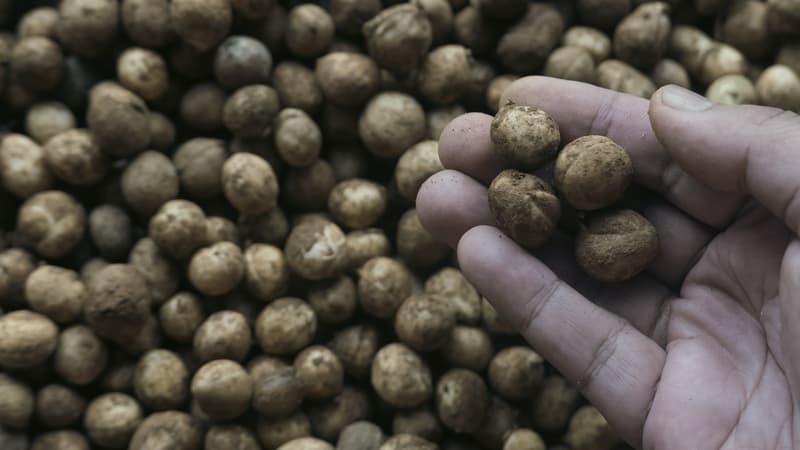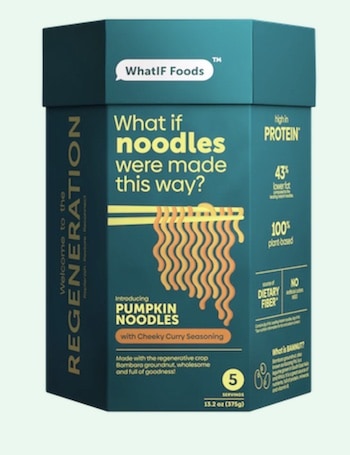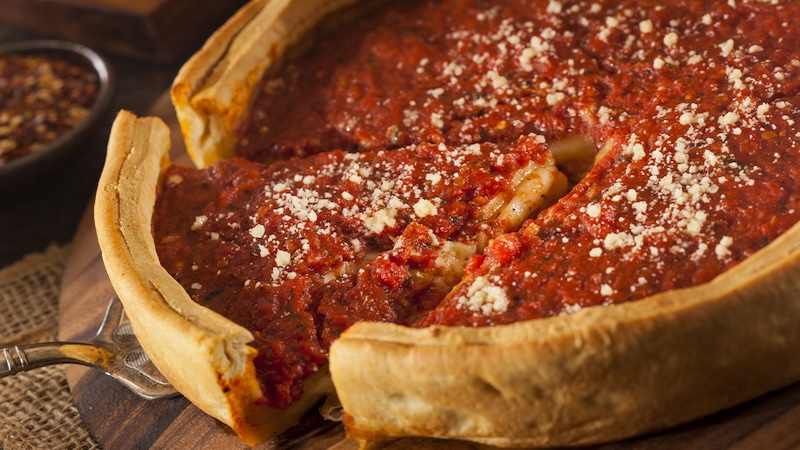Healthy Foods for You and the Planet
Feel good while you eat – and afterwards!

Food culture, attitudes, people, and our health needs change over time. Two movements of the past few decades involve healthier eating and sustainable eating. Fortunately, there is plenty of overlap between the two – this means you can enjoy healthy foods for you and the Earth – and that are delicious as well.
Three-legged stool: Healthy foods for you, the Earth, and your palate
Follow these tips for finding foods that meet each of these three needs. You may be surprised at how easy it will be to choose foods that hit all three targets!
Healthier eating
Medical research has established the importance of healthy eating, examined and promoted by multiple health-focused organizations, including the American Heart Association and the American Diabetes Association. While young people may be quicker to shrug off the negative effects of splurging on unhealthy foods (or perhaps they’re less likely to notice!), the older we get, the more our bodies thank us for making healthy choices.
Sustainable eating
A growing awareness of the negative impacts of some foods on the environment has created a burgeoning movement for sustainable food. Examples of how to eat while honoring the environment include:
- Buy local, seasonal food: not only are you supporting local producers, you’re cutting down on the polluting effects of transporting foods over long distances.
- Select fish from sustainable sources.
- Choose environmentally friendly foods.
- Avoid or cut back on eating red meats: livestock consume large amounts of animal feed, which uses large amounts of nitrogen fertilizers, which emit the greenhouse gas nitrous oxide. Plus, cows and sheep emit lots of methane, a potent greenhouse gas.
- Cut back on other bad-for-the-Earth foods, such as international produce (which must be transported), palm oil and sugar (these crops have destroyed biodiversity and led to erosion and other harms), and coffee that has not been produced sustainably.
Delicious eating
While producers and consumers may be paying more attention to healthy choices, we all still naturally appreciate great taste! Fortunately, producers, restaurants, and cookbook authors have created delicious alternatives to bad-for-you foods.
Make choices that meet all three needs
Ideally, your food choices will be healthy for your body, kind to the earth, and pleasing to your palate. Here are a few that serve triple duty.
- Mushrooms are nutritious, thrive on compost and very little water and use very little land, and can be used in a multitude of delicious preparations
- Beans, lentils, peas, and other legumes require little water, help fertilize the soil as they grow, and provide plenty of plant-based nutrition.
- Worthy veggie burgers, like Southwestern Black Bean Burgers and NoBull burgers, help you avoid red meat while providing healthy protein and other nutrients.
- Organic fruits and vegetables are delicious, nutritious, and have been grown without chemical pesticides and fertilizers that can harm the greater environment.
- Eco-conscious products have been designed to benefit both consumers and the earth.
WhatIF Foods
The eco-conscious products from WhatIF Foods begin with the Bambara groundnut. This wholesome, sustainable legume puts the company’s products among the healthy foods for you and for the planet.
1. Healthy foods for you
 A WorldCrops listing of the Bambara groundnut (Vigna subterranea, formerly Voandzeia subterranea) describes it as “high in protein, and a complete food, providing all of the daily nutritional requirements for protein, carbohydrate and fat/oil of an adult human.”
A WorldCrops listing of the Bambara groundnut (Vigna subterranea, formerly Voandzeia subterranea) describes it as “high in protein, and a complete food, providing all of the daily nutritional requirements for protein, carbohydrate and fat/oil of an adult human.”
2. Healthy for the Earth
Like other legumes, the Bambara groundnut is a regenerative crop, replenishing and rejuvenating the earth rather than depleting it. The authors of a report in “Frontiers in Nutrition” explain that this “underutilized African legume, has the potential to contribute to improved food and nutrition security, while providing solutions for environmental sustainability and equity in food availability and affordability.”
3. And delicious
 Using their hero ingredient, the Bambara groundnut (which they affectionately call “BAMnut”), WhatIF Foods has created a line of plant milk and instant noodles using clean, simple and natural ingredients.
Using their hero ingredient, the Bambara groundnut (which they affectionately call “BAMnut”), WhatIF Foods has created a line of plant milk and instant noodles using clean, simple and natural ingredients.
BAMnut Milk uses just three ingredients and is free from added sugars, gums, stabilizers, and emulsifiers. As compared to other plant-based milk such as soy, oat, and almond milk, WhatIF Foods’ BAMnut Milk is more nutritionally dense, containing five grams of protein in one cup and about three times more fiber than other plant milks. It comes in three versions: Airy, Everyday, and Barista.
WhatIF’s Instant Noodles are like if packaged Ramen noodles grew up to become nutritious and delicious! While most instant noodles are deep fried (removing most natural nutrients) in palm oil (a bad-for-the-Earth product), WhatIF noodles use an air-frying technology that retains most of the natural nutrients from the Bambara groundnut.
Besides noodles made from the Bambara groundnut, WhatIF noodles are available made from pumpkin, moringa (recently recognized as a potential superfood for multiple reasons), and bamboo-based charcoal. They come in single-serve with complementary seasonings or just the noodles.
Plenty of mission-minded companies make healthy foods for you and the Earth. Find your favorites and feel good while you’re eating them – and afterwards.


